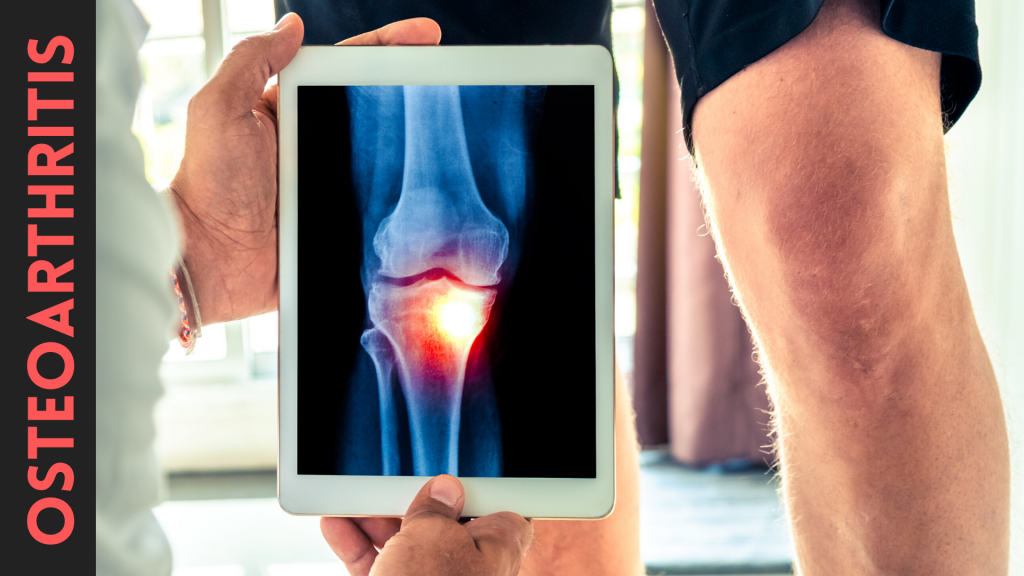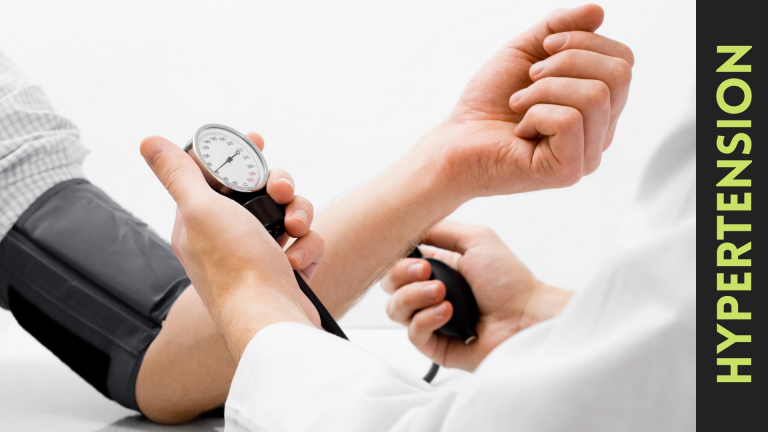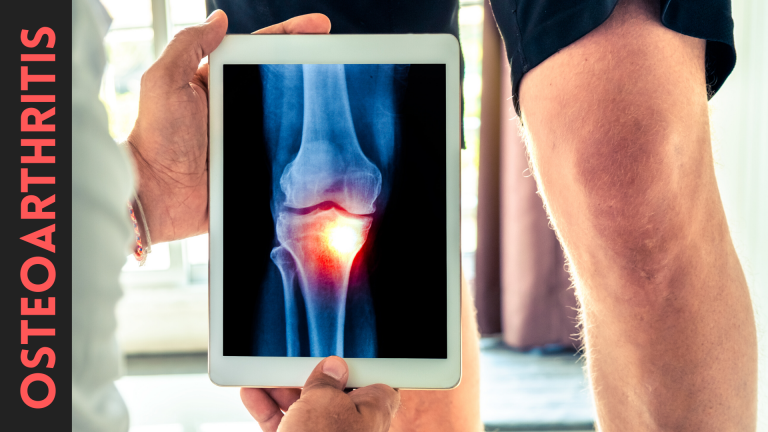Osteoarthritis is one of the most common bone conditions. It affects about 40% of adults in Singapore so it has relatively high prevalence. So what happens exactly in this disease? First of all you need to understand the physiology of the bones, when two bones meet together, the ends of the those bones are covered with a cartilage. A cartilage is a strong substance yet flexible and soft to maintain the joint’s mobility easily. In addition, the cartilage also serves as protection wall between meeting joints to prevent any friction or damage.

In Osteoarthritis, this cartilage is damaged causing the two ends to rub each other. This friction is the reason behind the symptoms of Osteoarthritis. Furthermore, this damage develops progressively, that’s why the disease is common in older population than the younger ones. Knowing that, are all old aged people at high risk of developing Osteoarthritis? The answer is NO! There are many risk factors that makes someone a candidate for developing Osteoarthritis. Those risk factors include family history, being female and previous injuries. If you don’t have any of these risk factors, your risk is low.
So how can we distinguish a patient with Osteoarthritis? Usually the patient experiences pain, stiffness, tenderness and inflammation in knees, hands, hips, spine and fingertips. These are the usual symptoms for a patient with Osteoarthritis at the beginning of the diagnosis. I know you are asking yourself, “Will the symptoms get worse?” and unfortunately, YES! As mentioned before, Osteoarthritis is a progressive disease. Therefore, it gets worse with time especially without appropriate medications and more dangerous symptoms will take place. The symptoms include severe swelling and inflammation, low range of motion, severe pain, joint instability and deformity. This disease is diagnosed by X-rays or MRI. Also, the doctor may run some laboratory tests to rule out some diseases.
Treatment of Osteoarthritis has a huge dependence on the non – pharmacological agents, exercise. Exercising strengthens the muscles so your joints will be less stiff and in return will cause you less pain. Make sure to exercise 3-4 times per week for 20-30 minutes to make it easier for your joints. Weight loss also has a great benefit for your joints’ health as obesity can cause severe stress on your joints promoting more pain and stiffness.

Concerning the pharmacological medications, there are many options available based on the physician’s clinical diagnosis. Oral analgesics such as acetaminophen can be given to reduce joints’ pain and topical analgesics such as gels or creams are used for the same reason but are only effective in mild cases only. Non steroidal anti-inflammatory drugs are important for this disease as it acts to relief swelling and pain in the joints as well. The last option is corticosteroids knee injections. It is so useful that it may keep the patient without any joint pain for 6 months.
Stay safe and protect your joints!
References:
1-Glyn-Jones, S., Palmer, A. J. R., Agricola, R., Price, A. J., Vincent, T. L., Weinans, H., & Carr, A. J. (2015). Osteoarthritis. The Lancet, 386(9991), 376-387.
2-Arden, N., & Nevitt, M. C. (2006). Osteoarthritis: epidemiology. Best practice & research Clinical rheumatology, 20(1), 3-25.
3-Berenbaum, F. (2013). Osteoarthritis as an inflammatory disease (osteoarthritis is not osteoarthrosis!). Osteoarthritis and cartilage, 21(1), 16-21.
4-Felson, D. T. (2006). Osteoarthritis of the knee. New England Journal of Medicine, 354(8), 841-848.
5-Towheed, T., Maxwell, L., Judd, M., Catton, M., Hochberg, M. C., & Wells, G. A. (2006). Acetaminophen for osteoarthritis. Cochrane Database of Systematic Reviews, (1).
6-Wieland, H. A., Michaelis, M., Kirschbaum, B. J., & Rudolphi, K. A. (2005). Osteoarthritis—an untreatable disease?. Nature reviews Drug discovery, 4(4), 331-344.
7-Spector, T. D., & MacGregor, A. J. (2004). Risk factors for osteoarthritis: genetics. Osteoarthritis and cartilage, 12, 39-44.



